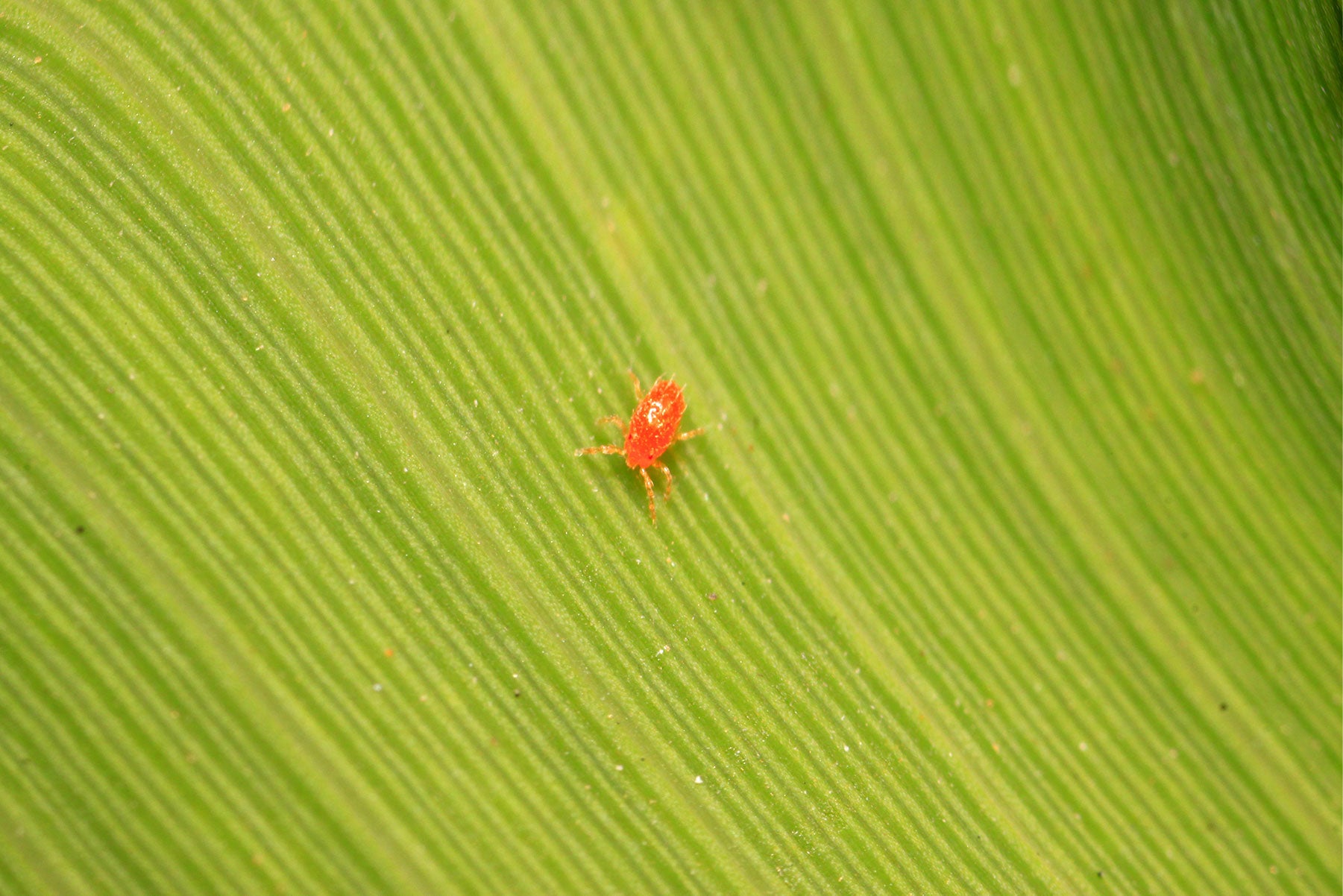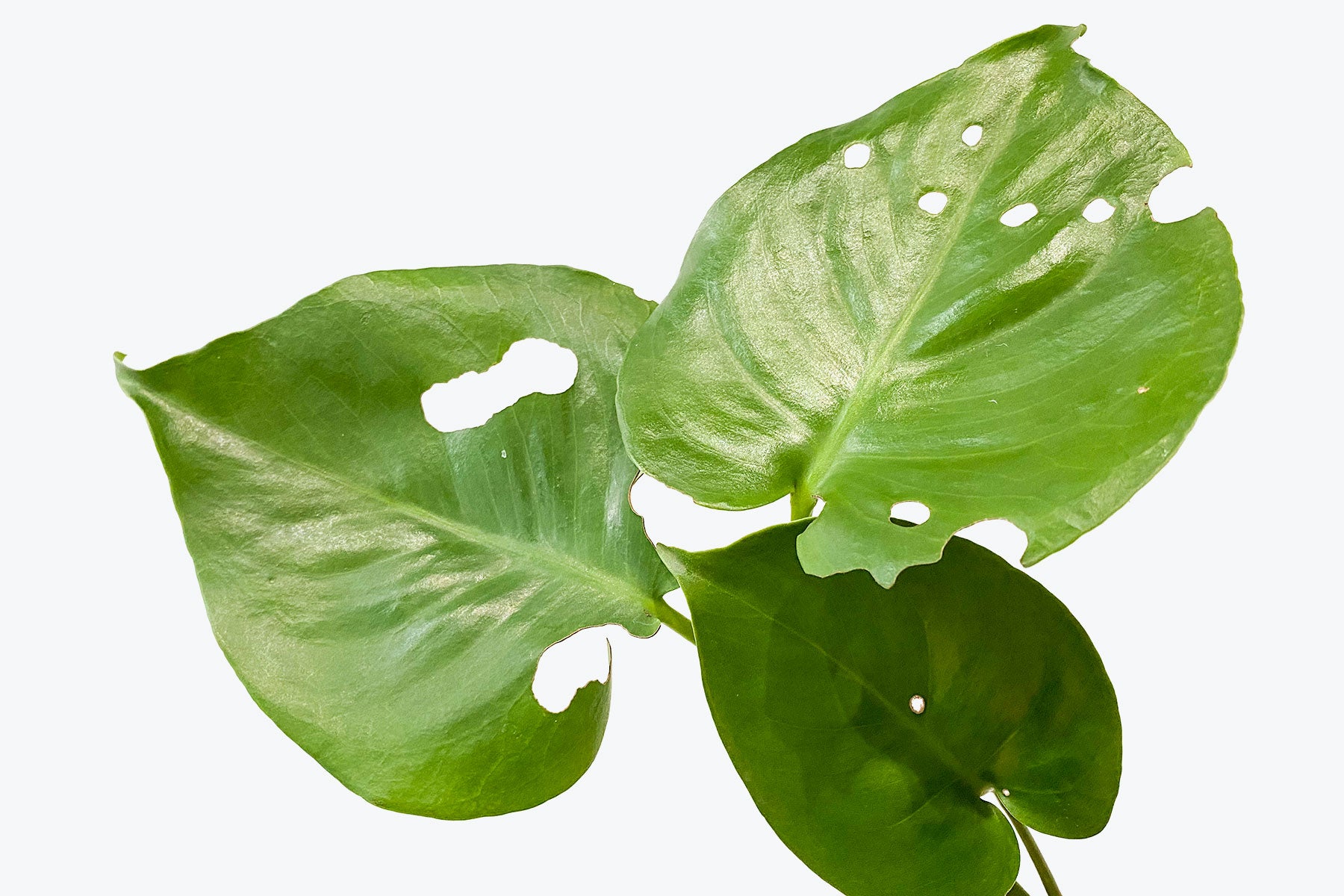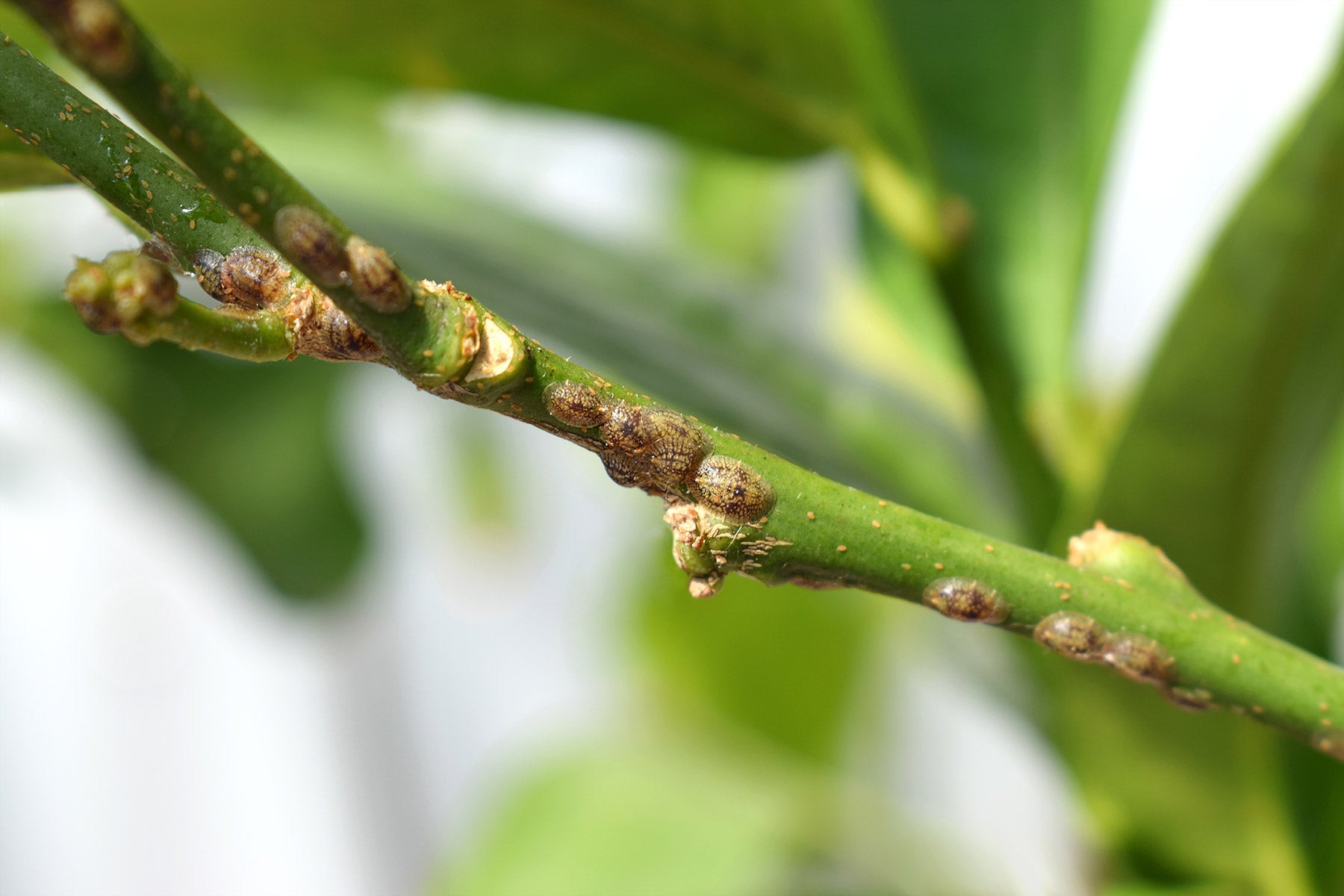
Common Houseplant Pests: How to Deal with Spider Mites
Another terror of the pest world: spider mites. To be quite frank, mites are very difficult to get rid of, mainly due to their size. Since they are so small to the naked eye, it is often damage to a plant that is your first sign of their existence, which sometimes means you are too late already. But don't panic, sometimes when you see webs, it could be just regular spiders, spider mites have a very fine smooth looking web while the regular spider webs are not.

Why does My Plant have Pests?
I’ll be straight with you: insects are almost inevitable. Once you introduce nature into your space (that is what plants are after all!), life will run its course. However, there are plenty of ways to deal with each type of potential pest, all you have to do is put in a little time and effort. Also, not every insect will affect every variety of plant necessarily, some are more prone to specific pests compared to others, but I’ve outlined solutions for you to use if or when you come into contact with one of these little nuisances.
In this series, we will talk about some of the most common houseplant pests. It is not an extensive list, I’m sure there are many more pests that are out there, but these are the insects that you will most likely run into at some point in your plant journey. Isolate any plant in your care at the first sight of a potential infestation.
The main ways that houseplants enter our homes are:
- Through open doors and windows (many pests come in through the air and find new homes to live and feed off of i.e. our plants)
- Infested soil (make sure to store your extra soil in airtight containers and check the soil of any new plant you are bringing home)
- New plants (even if you have inspected a new plant, there is always a chance of bugs still residing somewhere in the soil or on the plant. Make sure you isolate any new plant from your other plants for a little while in order to minimize any potential spread)
Something to keep in mind, sometimes a plant is beyond repair if you catch the damage too late, but we’ve provided you with this article in the hopes that you can learn to see the signs before your plant is too far gone! Don’t be discouraged if you’ve lost a plant to pests before, that’s happened to us all, but this will arm you with what you need to know for the future.
What are Spider Mites?
These little guys are more similar to spiders, which can be seen in the sticky webbing that they create. Just like a lot of other pests, mites suck the sap out of plants and their damage includes mottled leaves with brown spots, an overall faded look to a leaf and yellowing leaves that dry up and drop off (not just from age). The worst bit of news: our Canadian homes provide a perfect environment for them. They thrive in hot, dry habitats, meaning our winters, with heating systems activated and extremely dry air inside, provide an ideal space for them to breed and destroy.
How to Get Rid of Spider Mites?
When it comes to spider mites, you must stay on top of them if you hope to eradicate them, otherwise, they may become overwhelming to you and cause you to throw out a bunch of your plants as they spread.
Pruning:
Disposing of any “too-far-gone” bits of your plant will also most likely get rid of a large chunk of mites that have found their home.
Rinse:
Shower the leaves and stems of your plant with water beforehand to get rid of any larger populations of mites residing on it. Make sure you do this each week so as to stay on top of the infestation.
Humidity:
Increase the humidity in your space by purchasing a humidifier, or setting up different pebble dishes around your plants so as to diminish the dryness in the air.
Organic Pest Control:
There are plenty of different recipes you can find online, but an insecticidal soap, mild dish soap, or neem oil mix applied to the plant (both leaves and stems) and soil should be effective after a few applications. In the case of spider mites, this method of pest control will most likely need quite a few applications.
Try to isolate whatever plants are damaged as well as this should slow the spread.






